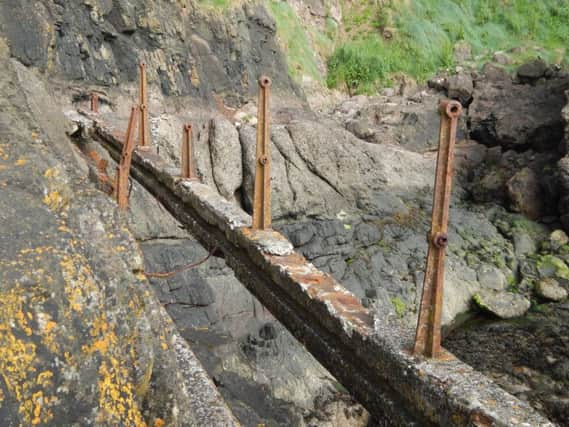Gobbins visionary worked with Isambard Kingdom Brunel


The Gobbins had been known as a dramatic location to visit or view from as far back as the 1680s, when Richard Dobbs mentioned them on his account of a journey around East Antrim.
Dobbs expressed his fear of the ‘high rocks of gray stone’ and this was echoed over a century later by Ulster Scots poet James Orr, Bard of Ballycarry, who said that the cliffs both appalled and pleased his ‘wondering eye’.
Advertisement
Hide AdAdvertisement
Hide AdIn the 1830s an advert in the Belfast News Letter informed readers of a cruise from Belfast past the Gobbins to Larne on the Superb, highlighting that the towering cliffs had become an attraction for more than just locals.


It was probably one man more than any other, however, who brought the vision of what the Gobbins could become and shaped the future development of the area. Berkeley Dean Wise was born, possibly at New Ross, County Wexford, in 1853 and was an outstanding engineer, who was also a pioneer of the tourist industry in the north of Ireland.
He was educated in England and later at Trinity College in Dublin.
When he was 22 years old he was appointed the Bray Head railway line south of Dublin, and he was involved in developing a safe railway line, including tunnels and bridges, on what was a challenging landscape.
Advertisement
Hide AdAdvertisement
Hide Ad